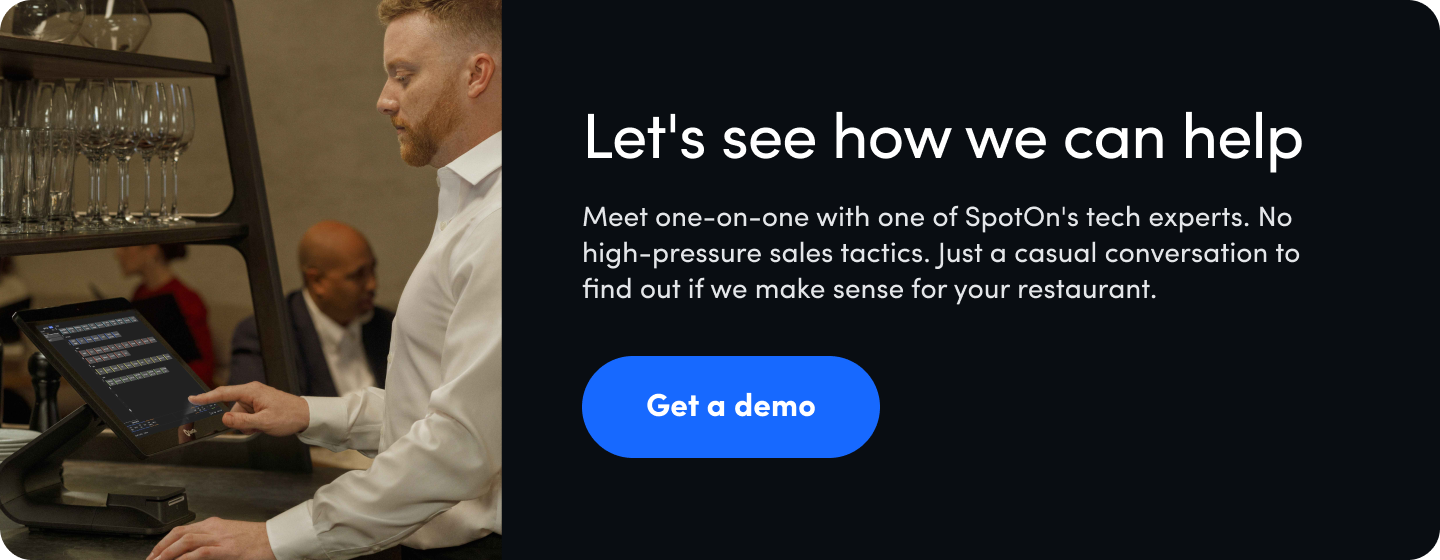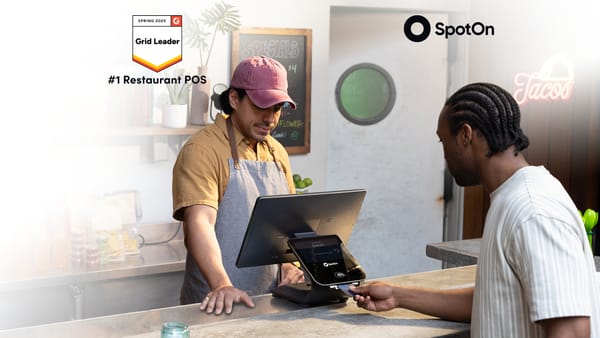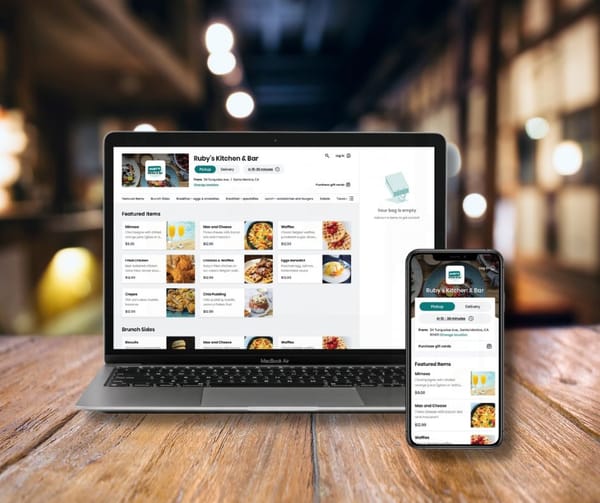Profit in restaurants doesn't happen by accident—it's planned. As a restaurant owner (or up-and-coming restaurateur), you probably already know that, but you may not know what you must specifically plan or do to become profitable. That's where a break-even analysis enters the picture.
Knowing your break-even point means you can take concrete actions toward profitability—like effectively setting sales targets, adjusting your menu pricing, and managing your fixed and variable costs (more on those later.) You can also determine how many tables or guests you must serve in any given time period to reach your profit goals—all good things to keep track of as you build a successful restaurant that's here for years to come.
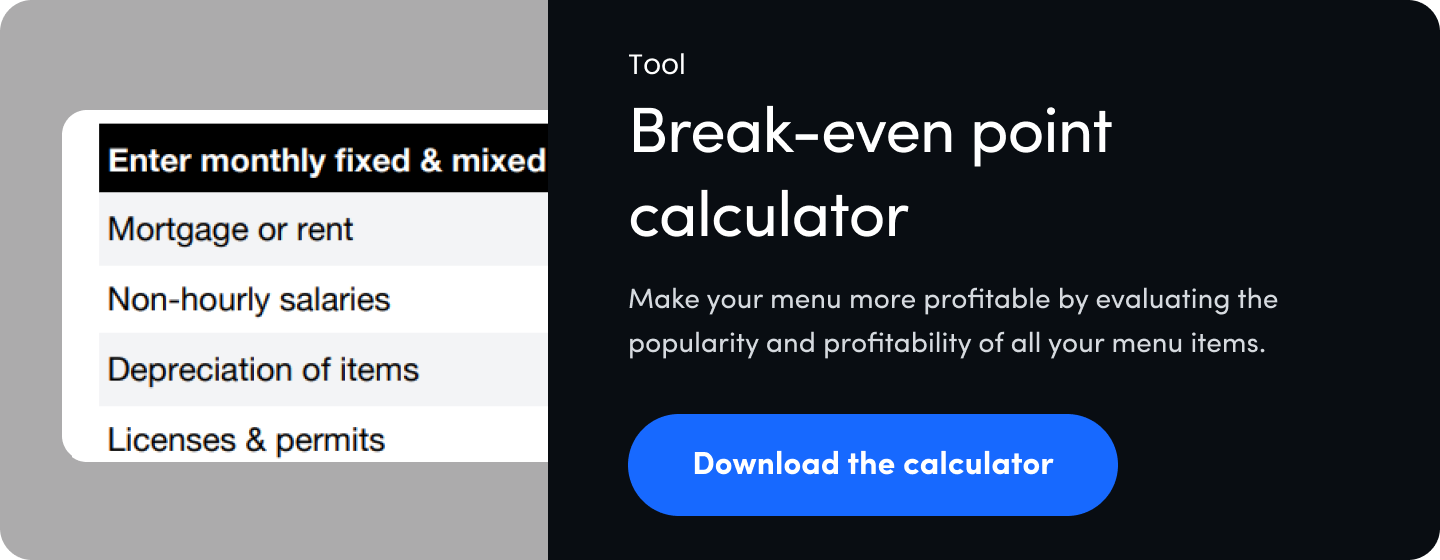
What you need to calculate the break-even point
You'll first need to gather a few pieces of information to find your break-even point. For simplicity's sake, we'll use data for an average month. Here's what you'll want to collect.
- Total fixed costs and mixed costs (monthly)
- Total variable costs in a given month
- Average monthly sales
- Average monthly guest count
Let's explore each of these a little further.
What are fixed costs for restaurants?
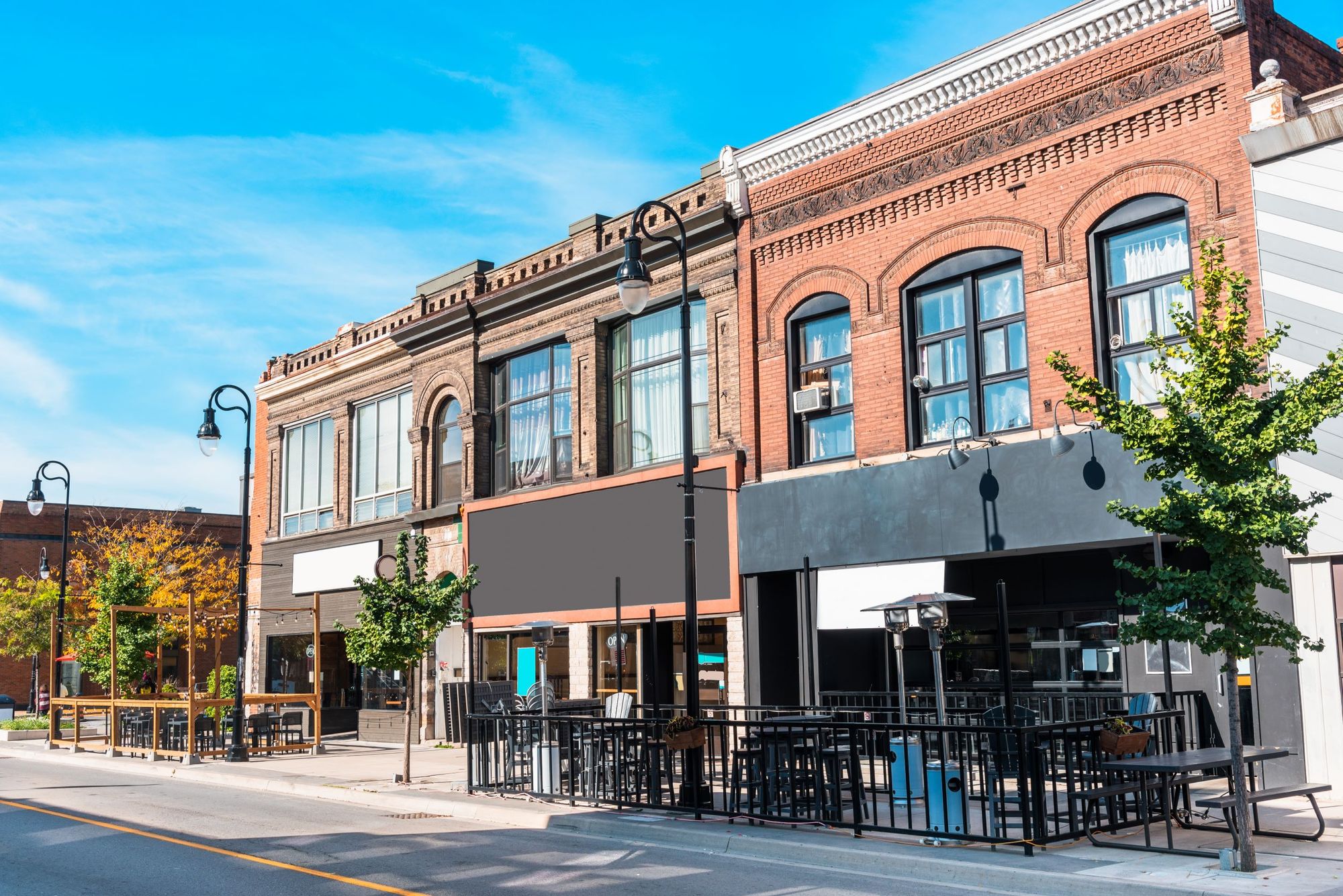
Restaurant fixed costs are expenses that aren't affected by your sales volume. In other words, they're the costs you must pay even if nobody walks through your doors. Typically, you pay these monthly or yearly, and they don't fluctuate. They include your property lease payments or the mortgage you pay to the bank, payments to a business insurance company like CoverWallet, non-hourly salaries, and marketing expenses.
Also, to calculate your break-even point, you'll want to include mixed costs into your fixed-cost total. Impacted by your customer volume to some extent, mixed costs usually have a set base amount with additional charges that change slightly from month to month based on your usage of the service. These include expenses like electricity, water, and natural gas.
Here is a list of fixed costs and mixed costs you'll want to have on hand when finding your break-even point:
- Mortgage or rent
- Insurance
- Property taxes
- Non-hourly salaries
- Business loan payments
- Depreciation of items
- Licenses & permits
- Software subscriptions
- Advertising & marketing
- Accounting & legal expenses
- Phone & internet
- Electricity (mixed cost)
- Water (mixed cost)
- Natural gas (mixed cost)
What are variable costs for restaurants?
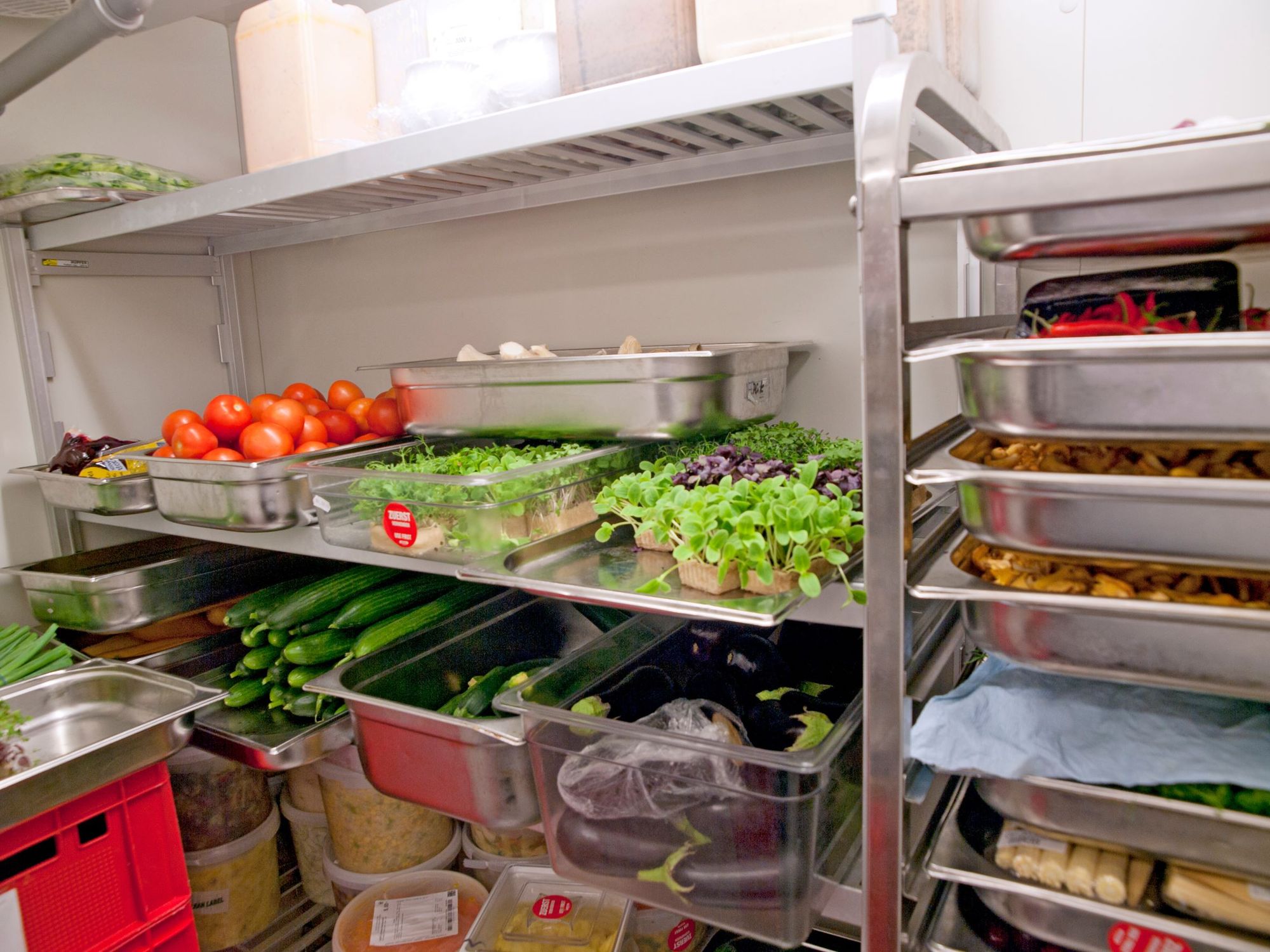
Restaurant variable costs are expenses that change as your level of business changes. These costs will go up considerably when you're in your busy months. But as you reach those slower seasons, you'll see them level off. Variable costs include your food & beverage (cost of goods sold), hourly salaries, and credit card processing fees.
Here's a list of variable costs your restaurant is most likely to or will be paying. You'll need these for your break-even point analysis.
- Food & beverage
- Liquor costs
- Disposables
- To-go containers
- Cleaning supplies
- Cleaning services
- Credit card processing fees
Get your monthly sales and guest count
Two valuable data points you'll need to find your BEP are your average monthly sales and the number of guests that visit your restaurant every month. With your POS system's reporting, you should be able to get these figures fairly quickly.
If you don't have these numbers yet, use your best projections so you can at least get an estimate of your break-even point. However, please remember the more accurate your input data is, the more helpful your results will be.
Now that you've collected all your information, let's dive into the break-even formula.
What is the break-even point formula?
The break-even point formula is BEP = Fixed Costs ÷ ((Total Sales - Variable Costs) / Total Sales).
To deconstruct this a bit further, the part of the formula that subtracts your variable costs from your total sales (Total Sales - Variable Costs) gives you the contribution margin.
Then dividing the contribution margin by the total sales (Contribution Margin / Total Sales) shows you the contribution margin ratio. This number reveals the percentage of each dollar that's left over to cover your restaurant's fixed costs.
Finally, when you divide your fixed costs by the contribution margin ratio (Fixed Costs / Contribution Margin Ratio), you end up with your break-even point. This shows you how much revenue you need to make every month to cover all your costs. Everything you bring in after that amount is considered profit.
Break-even point example
Monthly Fixed Costs = $105,000
Monthly Variable Costs = $90,000
Total Monthly Sales = $190,000
Monthly Break-Even Point = (105,000 ÷ (190,000-90,000) / 190,000))
Monthly Break-Even Point = $199,500
So in this scenario, sales need to increase by $9,500 every month in order to break even. (Monthly Break-Even Point - Total Monthly Sales or $199,500 - $190,000)
With your monthly break-even point, you can also do a quick calculation to find your daily break-even point.
Daily Break-Even Point = $6,650 (Monthly Break-Even Point / Days in Month)
How to calculate break-even point
To calculate your break-even point, subtract your variable costs from your total sales and divide that by your total sales. Then divide that number by your total fixed costs. BEP = Fixed Costs ÷ ((Total Sales - Variable Costs) / Total Sales).
Or just use our Restaurant Break-Even Point Calculator to do the hard work for you.
How to use your break-even point to drive profit?
If your current or projected sales are below your break-even point, you'll know how much further you need to go to get up to zero. And if you're already in profit territory, you can set a target percentage above your break-even point that you would like to reach. To get to this goal, you could set up contests among your staff, rewarding those who achieve the most sales in a day, week, or month.
Seeing your break-even point may also encourage you to take a hard look at your monthly and variable expenses and determine where you can trim the fat. Maybe you'll notice that you're spending way too much on credit card processing fees, and you want to look for a restaurant POS system that can help minimize them. Or perhaps, you'll see that your labor costs are a major contributing factor to your high break-even point, and you want to check out restaurant management software to save time on managing your staff.
Finding your break-even point and the data around it can show you the holes in your proverbial boat, so you know what measures you must take to patch them up and navigate your ship to more profitable waters. And if you're still concerned about reaching your profit potential, check out our free restaurant financing guide.
Uncover your break-even point effortlessly

Want to find your restaurant's break-even point easily? When you're ready with your information, our Restaurant Break-Even Point Calculator will do all of the calculations for you.
And once you see your actual break-even point data, you can play with the numbers to project how much it will change as you lower a particular cost or increase your monthly sales. The calculator even takes your monthly information and shows your daily and quarterly break-even revenue, your net income, and your restaurant profit margin. And when you enter how many guests visit your restaurant in a month, it'll show you how many guests you need to serve in a month, day, or year to reach your break-even point.
If you're launching a new restaurant and looking for ways to reach your break-even point faster than expected, check out our guide on opening a restaurant. You'll discover how setting up your technology and processes from the get-go can fast-track your path to profitability.
